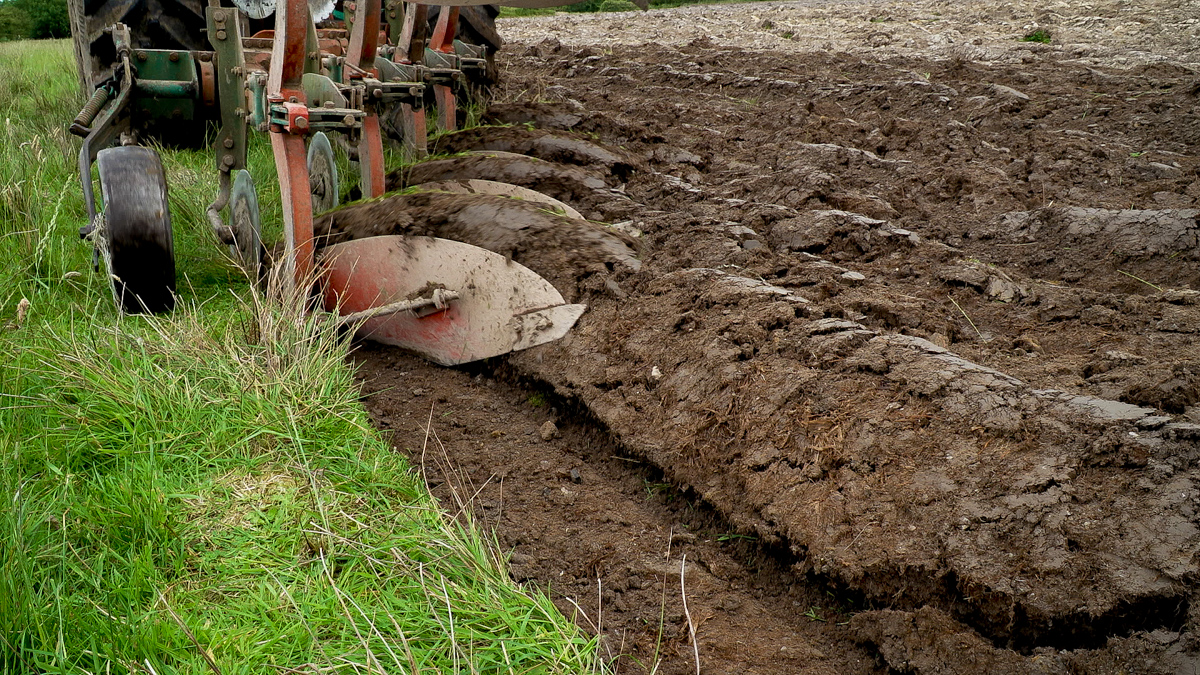The Tillage Incentive Scheme (TIS) will encourage farmers to sow additional tillage crops in 2022 on land that was in grass last year.
In order to apply, farmers must declare all the crops planted on their 2022 Basic Payment Scheme (BPS) online applications.
Eligibility for the TIS will be determined by comparing a person’s BPS applications in 2021 and 2022. The Department of Agriculture Food and the Marine (DAFM) will write to eligible farmers in June this year, inviting them to apply for the TIS.
Eligibility for the scheme will be based on two criteria: an increase in the tillage area in 2022; and the area taken out of grass this year relative to 2021.
It is this specific grassland area that will be payable under this scheme.
In other words, there must an overall increase in tillage crop area declared by the applicant, as well as grassland converted to growing an eligible crop.
Farmers must have submitted a valid 2021 BPS application and must also submit a valid 2022 BPS application to be considered eligible for the TIS.
Farmers, who have already submitted their BPS application for this year, but who want to take on additional land, can now go back online and amend their submission.
But this must be done before the deadline of May 16, 2022
Increased area
There must be an increase in the total area declared of barley, wheat, oats, rye, oilseed rape, maize, and beet on the 2022 BPS application in comparison with the 2021 BPS area.
For example, 20 hectares of eligible crops declared in 2021 and 30 hectares of eligible crops declared in 2022 results in a 10-hectare increase.
The increased area eligible for payment is determined by the area of grassland parcels converted to eligible crops.
Consider the above 10-hectare increase example: if that increase is due to conversion of 10 hectares of grassland parcels, then the full 10-hectare increase will be deemed eligible for payment.
However, if the 10-hectare increase is due to rent, lease or purchase of tillage parcels – as declared on 2021 BPS – then the increased area will not be eligible for payment.
If, let’s say, four hectares of the 10-hectare increase are due to conversion of grassland to eligible crops, and six hectares are from the acquisition of a 2021 BPS tillage parcel, then only four hectares of the increased area in 2022 will be deemed eligible.
Eligible crops
The crops considered as grassland in 2021 include: alfalfa, clover, fallow, grass (year 1-5), grassmeal, hemp, lucerne, miscanthus sinensis, permanent pasture, potatoes, red clover and willow.
Eligible TIS crops include: oats – spring; oats – winter; wheat – winter; wheat –spring; rye, barley – winter; barley – spring; oilseed rape – winter; oilseed rape – spring; maize; fodder; and sugar beet.
Mixed crops such as arable silage, mixed cropping, etc. are not allowed. The same holds true for combi crops.
These are defined as a mix of peas or beans with a cereal. They are not eligible for TIS. However, they are eligible for €150/ha payment as a protein crop.
Beans, peas, lupins or a mix of protein and a cereal crop are not eligible for the TIS. But they are eligible for support as protein crops.
Crops may be undersown with grass. But the eligible tillage crop must be sown and maintained to a commercial standard in terms of plant stand and weed control, etc.
In the case of spring barley, for example, a plant count of 300-350 per square metre must be established.
Significantly, the eligible crop can either be harvested or whole-cropped and ensiled. It can also be sold on or used for on-farm feed purposes.
The proposed payment rate is €400 per hectare, which reflects a contribution towards the increase in the cost of growing tillage crops in 2022 on land that was in grassland in 2021.
Other points relating to TIS include the fact that there will be no relaxation on nitrates regulations: existing regulations must be followed.
Tillage lands situated in designated areas are eligible for Areas of Natural Constraint payment in 2022.
And, finally, GLAS requirements remain in place and must be adhered to in order to avoid penalties and possible payment clawbacks.
